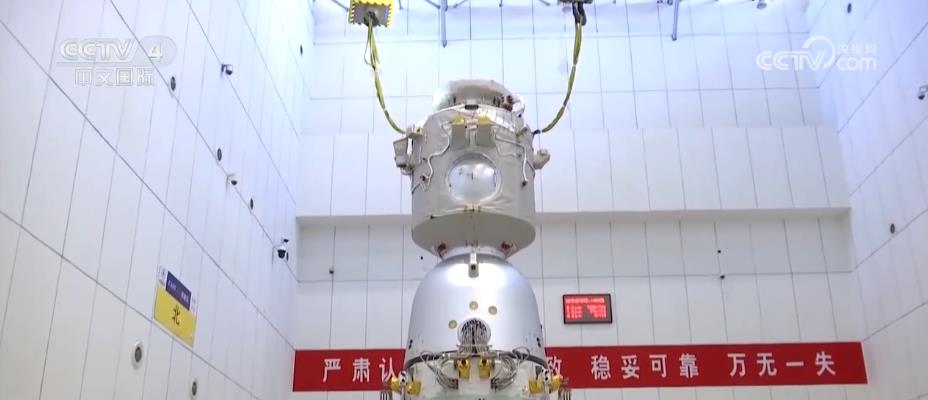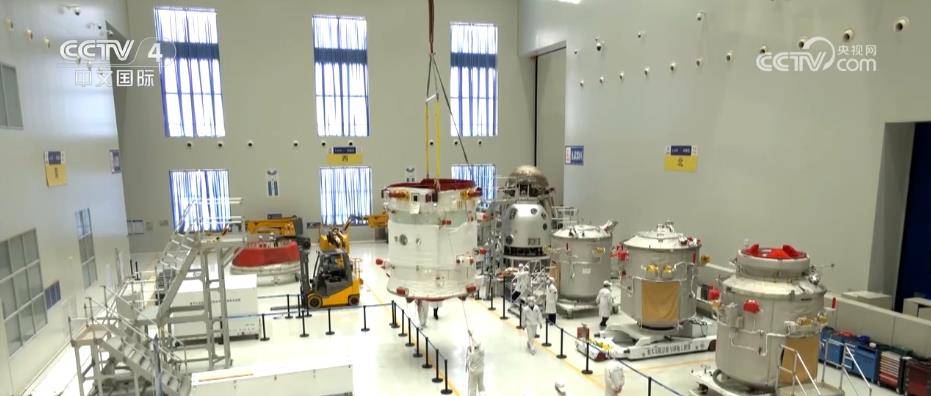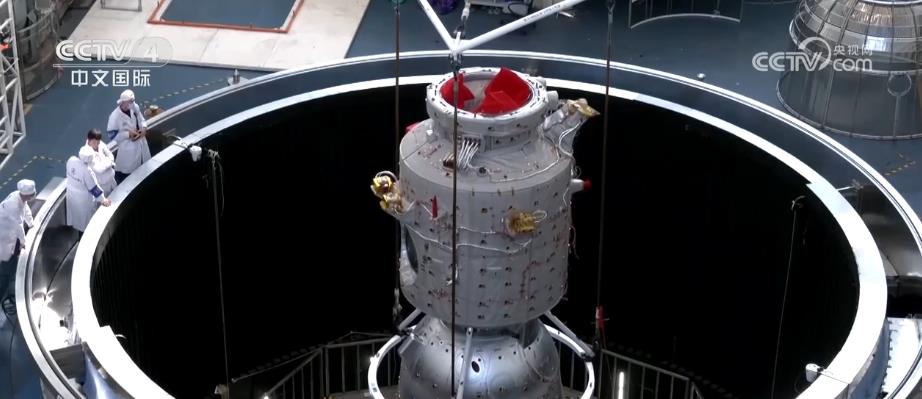CCTV News:The Shenzhou-16 manned spacecraft is the first manned spacecraft in the new stage of application and development of China’s space station, and it is also the 11th manned mission carried out by China. What are the new changes of Shenzhou-16? What are the differences between it and previous spacecraft?
Shenzhou 16: Enhancing the Reliability of Beidou Navigation Signals

The Shenzhou 16 manned spaceship had fully inherited the technical status of the Shenzhou 15 spaceship, and its main functions and technical indicators remained unchanged. The difference was that the Shenzhou 16 was a new batch of spaceships, which was of great significance for verifying the technical status of this batch of spaceships.
Gao Xu, Chief Designer of the Manned Spaceship System of the Fifth Academy of Aerospace Science and Technology Group:Compared with the previous batch, we have done a lot of work on autonomous control. For example, we have enhanced the reliability of the Beidou navigation signal. We have done a lot of work on the localization of components to improve the level of autonomous control of the spacecraft itself.
Mass production multi-line parallel, Shen 17 completes final assembly test

Gao Xu introduced that the batch development of Shenzhou spacecraft is very stressful for the team. In the past, the development team only needed to develop one spacecraft at a time, but now the development team needs to complete the development, launch, flight control and return of several spacecraft in parallel, with multiple fronts highly overlapping.

It is understood that at present, Shenzhou 17 has completed the final assembly test at Jiuquan Satellite Launch Center and has the ability to stand by for emergency rescue. Shenzhou 18 and Shenzhou 19 are undergoing the final assembly and testing of the whole ship before leaving the factory, and other spacecraft in this batch have entered the stage of single-machine development.